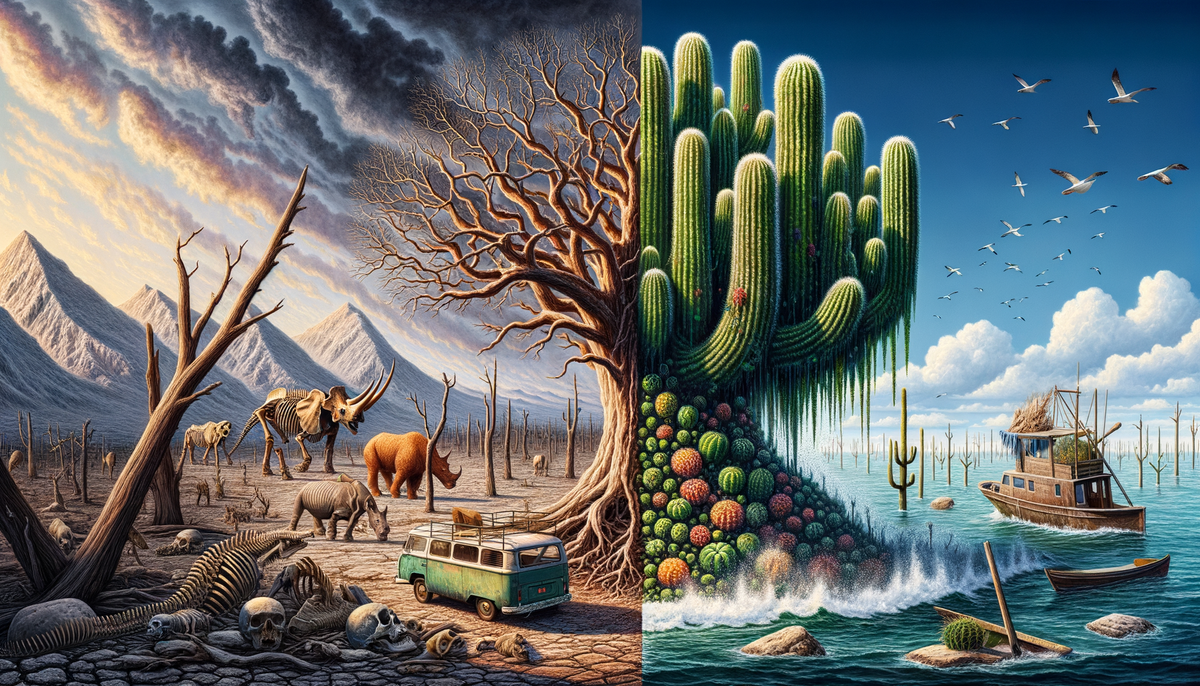Climate Change and Human Activity Linked to Extinction Events, Study Finds

A study by the Danish National Research Foundation's Centre for Ecological Dynamics in a Novel Biosphere (ECONOVO) at Aarhus University has revealed that human pressures have led to a massive species extinction over the past 50,000 years. During this period, Earth was home to 57 megaherbivore species, but today only 11 remain, marking an 81% extinction rate. The study points to human hunting activities as a primary cause for the disappearance of hundreds of mammal species, including many megafauna. Despite conservation efforts, the impact of these extinctions remains significant, with 47% of all living mammals currently classified as vulnerable, endangered, or critically endangered by the International Union for Conservation of Nature (IUCN).
In a related study, the United States has experienced the local extinction of its only stand of the Key Largo tree cactus, attributed to sea level rise and climate change. The cactus, Pilosocereus millspaughii, still grows on Caribbean islands but was limited to a single population in the Florida Keys. Saltwater intrusion, soil depletion from hurricanes and high tides, and herbivory by mammals significantly pressured the population. By 2021, a thriving stand of about 150 stems was reduced to six fragments, which researchers have salvaged for off-site cultivation. The Florida Climate Center reports that sea levels in the Southeast United States have risen approximately 0.12 inches per year since the early 1990s, with predictions of further rise by 10-12 inches through 2050.




